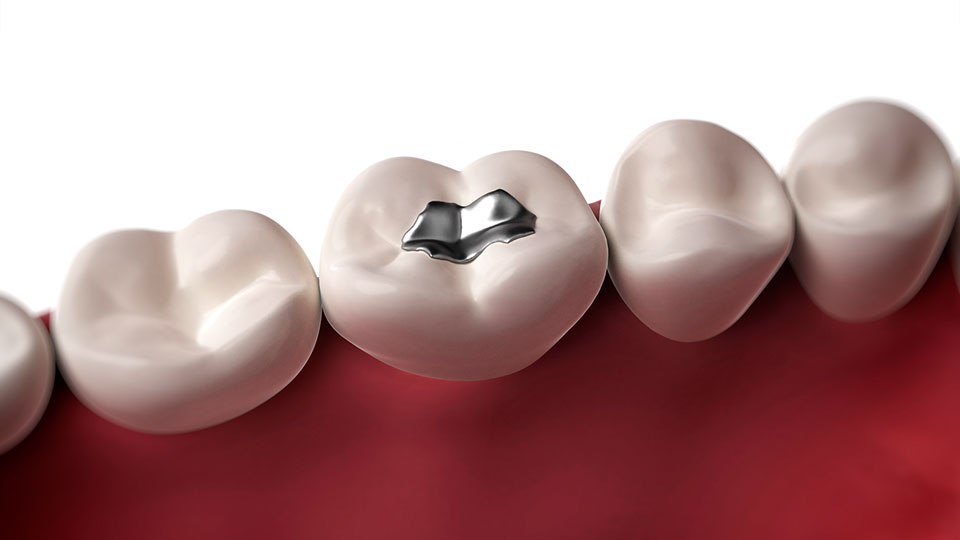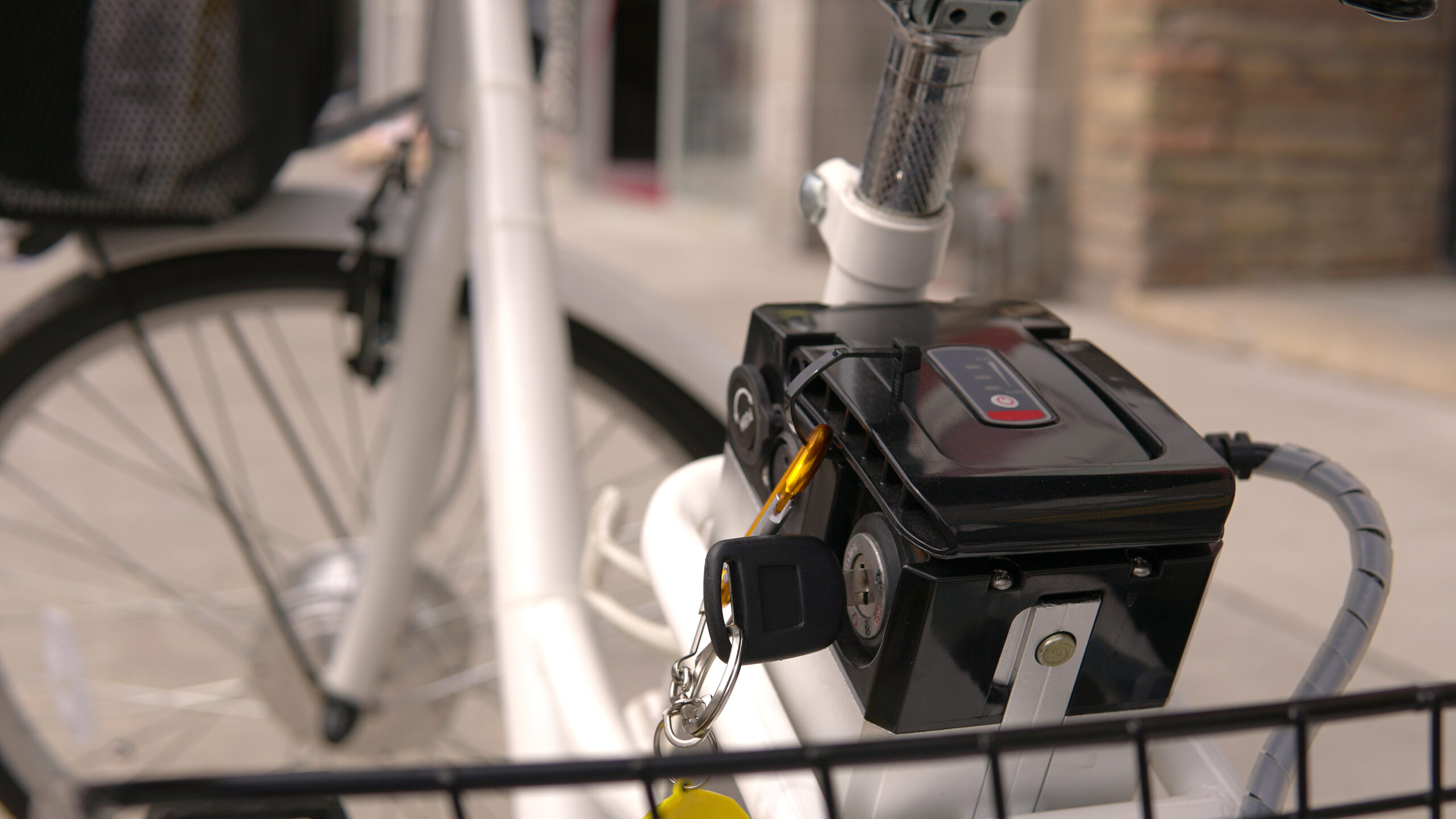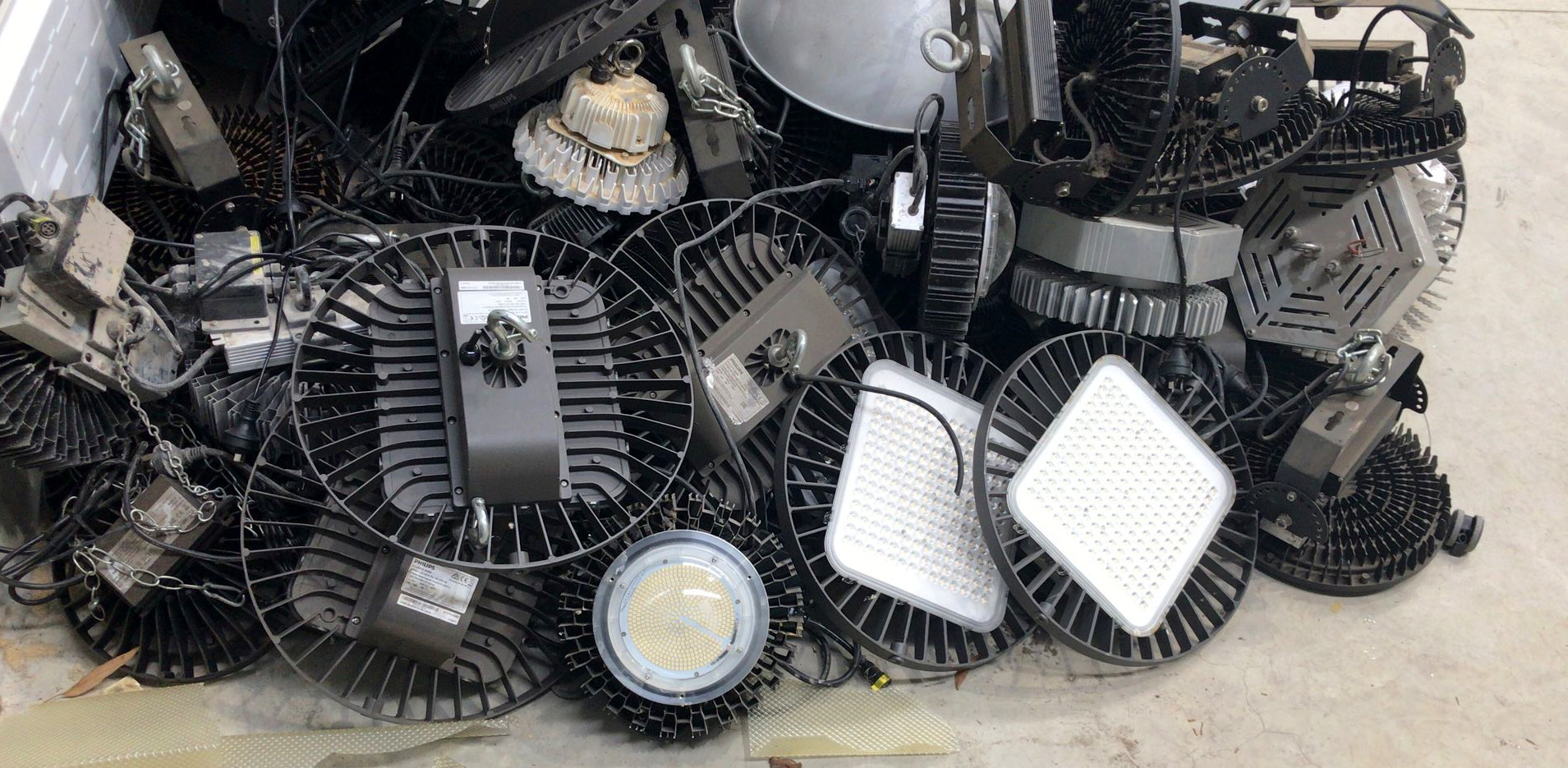Scientists in California have discovered that seawater has become polluted by mercury 17 times above normal levels.
Año Nuevo State Reserve has a large elephant seal population and local researchers found that when elephant seals go through their annual moult, the fur and skin they shed contained so much mercury that the level of mercury in the seawater surrounding their colony became poisonous.
It’s a dramatic reminder of just how effectively marine animals take up and store mercury we dump into the waterways and landfill.
And in a process called biomagnification, as big fish or mammals eat smaller ones, mercury concentrations increase up the food chain. In fact, the levels of mercury in top predators such as elephant seals can be up to 10 million times higher than in seawater. Worse still, that mercury is in the highly toxic form of methyl mercury
The annual loss of skin and fur is just a part of the story. The high levels of methyl mercury contained throughout the bodies of marine animals all gets released back into the environments when the animals die and decompose.
Mercury Pollution Is A Preventable Problem
It’s yet another wake up call (as if any more were needed) to the consequences of irresponsible disposal of mercury.
While much of the mercury in the world’s oceans comes from burning coal, far too much still comes from easily diverted sources such as fluorescent lighting and dental surgeries. The problem is, once mercury is released into the environment it is virtually impossible to recover it.
How Can We Reduce Mercury Waste?
Keeping mercury out of our waterways is easily preventable. There are many ways in which individuals and organisations can do their bit to minimise mercury pollution:
- Make sure you recycle fluorescent bulbs and tubes.
- Recycle batteries, particularly small button mercury batteries.
- Ask your dentist if the surgery has dental amalgam separators If not, suggest they investigate the option.
- If you encounter an industrial mercury waste management problem, remember to talk to us about responsible solutions.
- The Minamata Convention is coming to help ensure mercury is safely captured and dealt with.
- Perhaps most importantly, spread the word. Check out our FAQs and resources, then let other people know about the potential hazards and sources of mercury pollution and the availability of simple solutions.






